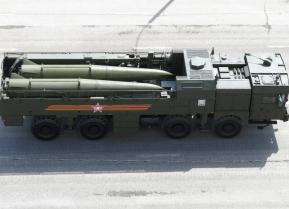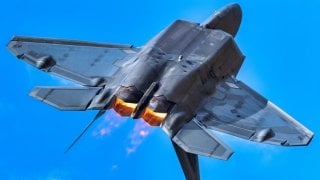Stealth Rivals: Comparing the F-22 Raptor and Russia's Su-57 in Modern Aerial Warfare
The Russian Sukhoi Su-57 Felon and the American Lockheed Martin F-22 Raptor are both fifth-generation combat aircraft boasting advanced avionics, stealth technology, and supercruise capabilities.
Summary: The Russian Sukhoi Su-57 Felon and the American Lockheed Martin F-22 Raptor are both fifth-generation combat aircraft boasting advanced avionics, stealth technology, and supercruise capabilities. Despite the Su-57's touted advancements, its absence from Ukraine's conflict raises questions about its effectiveness. The F-22, a more mature platform, has seen limited production due to cost and a shift towards the F-35 Lightning II. The Su-57, newer but struggling with development and a production crash, contrasts the F-22's operational history. Both aircraft have impressive specifications, but the F-22 is viewed as more maneuverable and stealthy, holding an edge in air superiority. Neither has engaged in significant air-to-air combat, reflecting their roles and the current state of aerial warfare.
Su-57 Felon and F-22 Raptor Faceoff
The Russian Sukhoi Su-57 (NATO reporting name "Felon") has been touted by the Kremlin as being among the most capable combat aircraft in the world today. However, it has largely been absent in the fighting in Ukraine – which has put into question whether it actually lives up to the hype.
More importantly, how does Russia's best stack up to the Lockheed Martin F-22 Raptor, arguably the best air superiority fighter ever built?
Su-57 vs. F-22: The Fifth-Gen Fighters, Compared
'Both are "fifth-generation" combat aircraft that utilize advanced avionics, stealth technology, low-probability-of-intercept radar (LPIR), agile airframes, and supercruise performance. Each also featured highly integrated computer systems that are capable of networking with other elements within the battlespace for situational awareness and C3 (command, control, and communications) capabilities.
The F-22 was the also first fifth-generation aircraft. It was developed as an air dominance/air superiority fighter; yet, it could also be employed in other roles including ground attack, electronic warfare, and signals intelligence capabilities. The Russian Su-57 was also developed to be capable of engaging in aerial combat, as well as being able to conduct ground and maritime strikes.
The Raptor could be described as a far more "mature" platform, as it first entered service in 2005. Originally the United States Air Force had planned to buy a total of 750 of the F-22s, but the program was cut to just 187 aircraft due to the high cost, a lack of real air-to-air missiles during the Global War on Terror (GWoT), and a ban on exports.
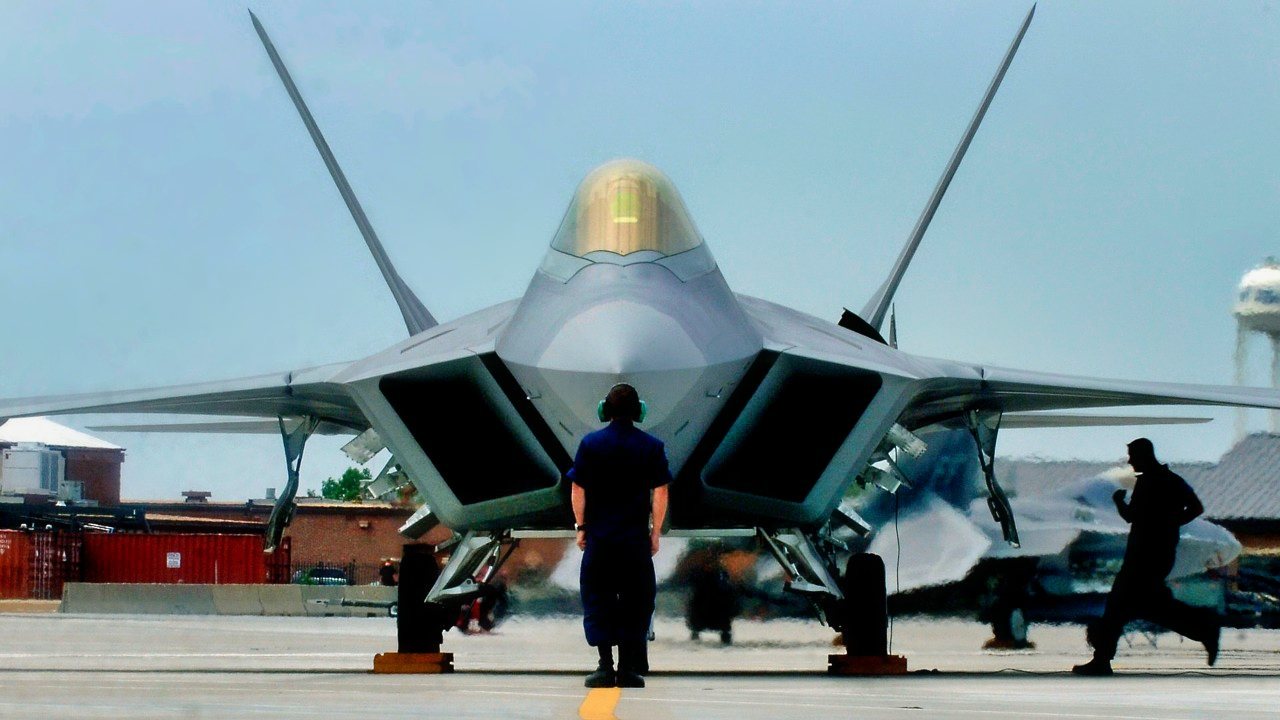
In addition, the U.S. military would like to develop the more versatile F-35 Lightning II, and as a result, the last F-22 was delivered in 2012.
The Su-57's first flight only took place two years before the last F-22 was produced. Thus it is a newer aircraft, but features many design similarities. Whereas the F-22 program was cut short, the Su-57 has failed to actually gain any momentum and even get airborne. Development of the Felon has been protracted, and the first production aircraft was destroyed in a crash in December 2020.
While the total numbers of the F-22 aren't all that significant, it certainly has a leg up in terms of overall numbers. Score one for the Raptor.
Size Matters – Maybe
The Russian-designed aircraft is slightly larger and significantly heavier than its American counterpart. Both are twin-engine aircraft – Pratt & Whitney F119-PW-100 afterburning turbofans, each producing 26,000 pounds of thrust dry and 35,000 pounds of thrust with reheat in the F-22; and NPO Saturn/FNPTS MMPP Salyut AL-41F1 turbofan engines that can produce 35,000 pounds of thrust each with the Su-57.
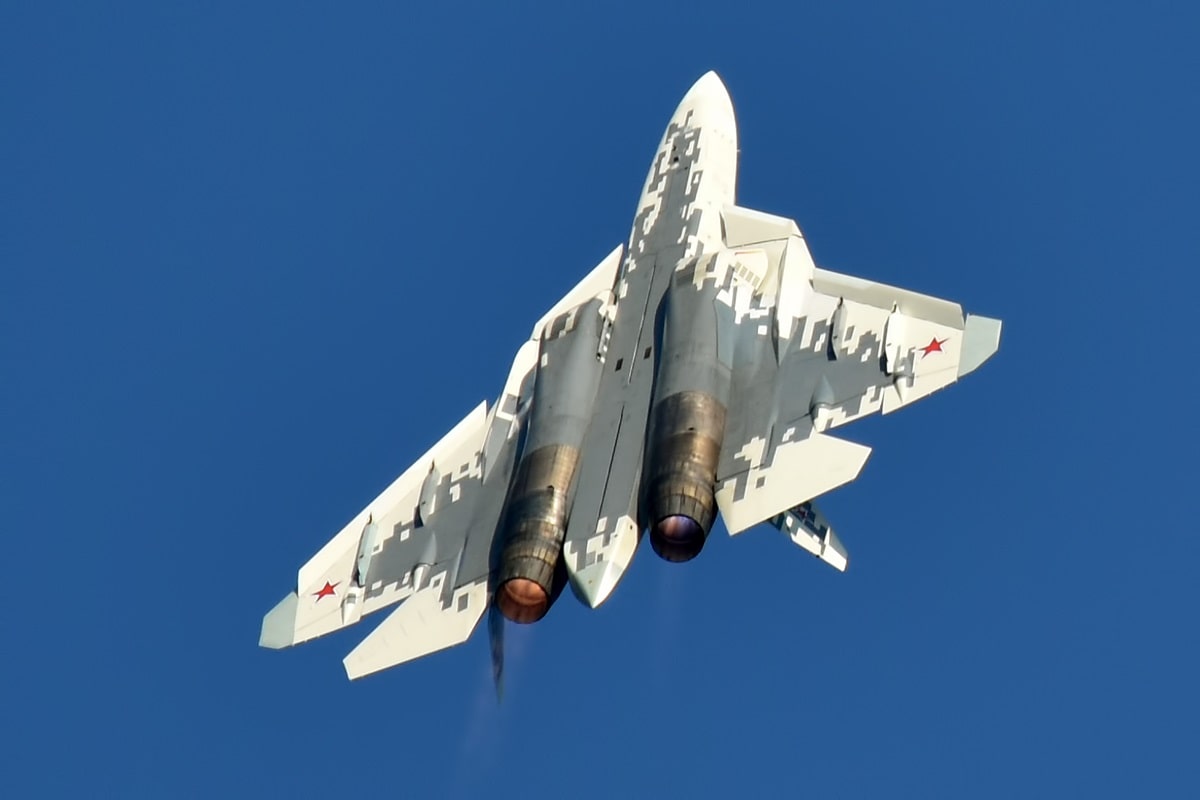
The F-22 Raptor has a top speed of 1,599 mph compared to the 1,616 mph of the Su-57. However, the Russian Felon edges out the Raptor in range, as the Sukhoi aircraft has a reported 3,107 miles to the 2,000 miles of the Lockheed Martin – while the Su-57 can exceed the 50,000 foot ceiling of the F-22, reaching an astonishing 65,617 feet.
Weapons Loadout
Each of the fighters can carry a variety of weapons including air-to-air and air-to-ground missiles, both internally as well as on external hardpoints. However, the F-22 is considered to be the more maneuverable aircraft, and with equally skilled pilots – a major variable as well – the Raptor could win the day.
Additionally, it has been suggested that the Su-57 ranks last in stealth among the various fifth-generation aircraft. Its stealth capabilities should not be dismissed, however, as in combat it isn't always about the smallest radar cross section or infrared signature, but in leveraging the platforms. The Su-57 wasn't designed to serve as a stealthy fighter like the F-22, yet if the enemy can more readily see it, they can try to shoot it down.
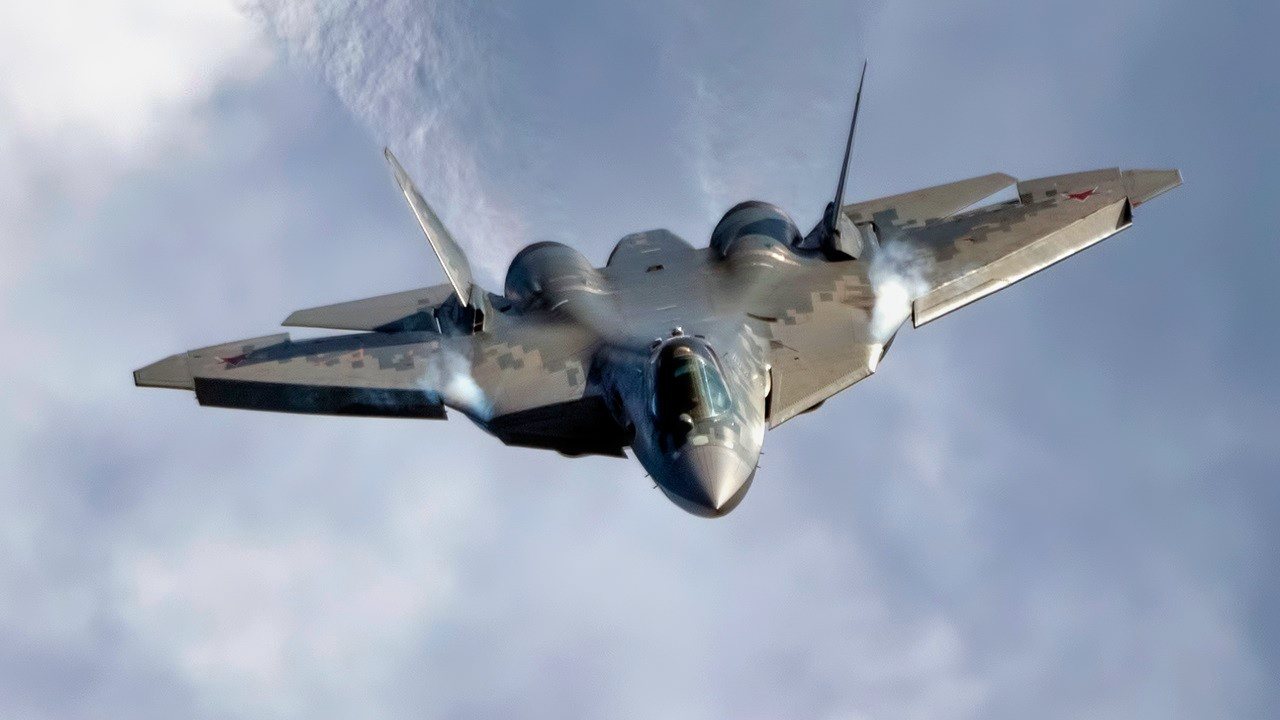
Despite their respective capabilities, neither fighter has scored any air-to-air kills against manned aircraft. The F-22's only aerial victory was shooting down a Chinese "spy balloon" a little over a year ago, and the Su-57 is apparently too shy to fly over Ukraine.
It should be remembered still that the F-22 was the first, and the aircraft could see its final days on the horizon, while the Su-57 still has to get off the ground.
Author Experience and Expertise: Peter Suciu
Peter Suciu is a Michigan-based writer. He has contributed to more than four dozen magazines, newspapers, and websites with over 3,200 published pieces over a twenty-year career in journalism. He regularly writes about military hardware, firearms history, cybersecurity, politics, and international affairs. Peter is also a Contributing Writer for Forbes and Clearance Jobs. You can follow him on Twitter: @PeterSuciu. You can email the author: [email protected].
